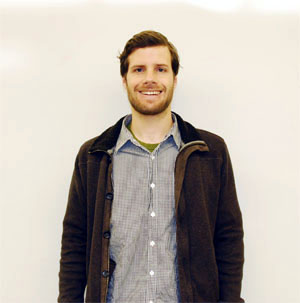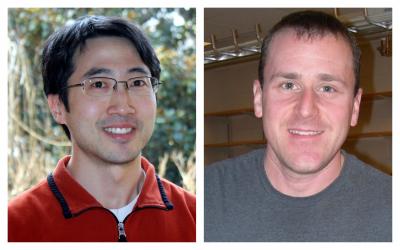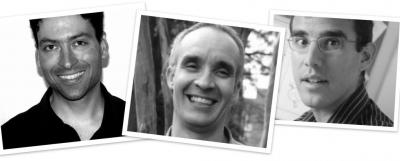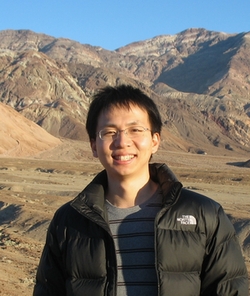It's awards season! Congratulations to the following Physics undergraduate students for their outstanding academic achievements:
H. Fukuyo Outstanding Physics Undergraduate Award to Luis Saldana: award of $3,000 given to the most outstanding undergraduate academic student in the School of Physics.
H. Fukuyo Memorial Scholarship Award in Physics to James Andrews and Zachary Taylor: this award consists of $3,000 and the engraving of the recipient's name on a plaque in the School of Physics.
The Joyce M. and Glenn A. Burdick Award to Alexander Tarr: recognizes rising seniors in the School of Physics who demonstrate scholastic achievement and leadership, and possess characteristics that embody the mission of Georgia Tech. Award of $2,000.












